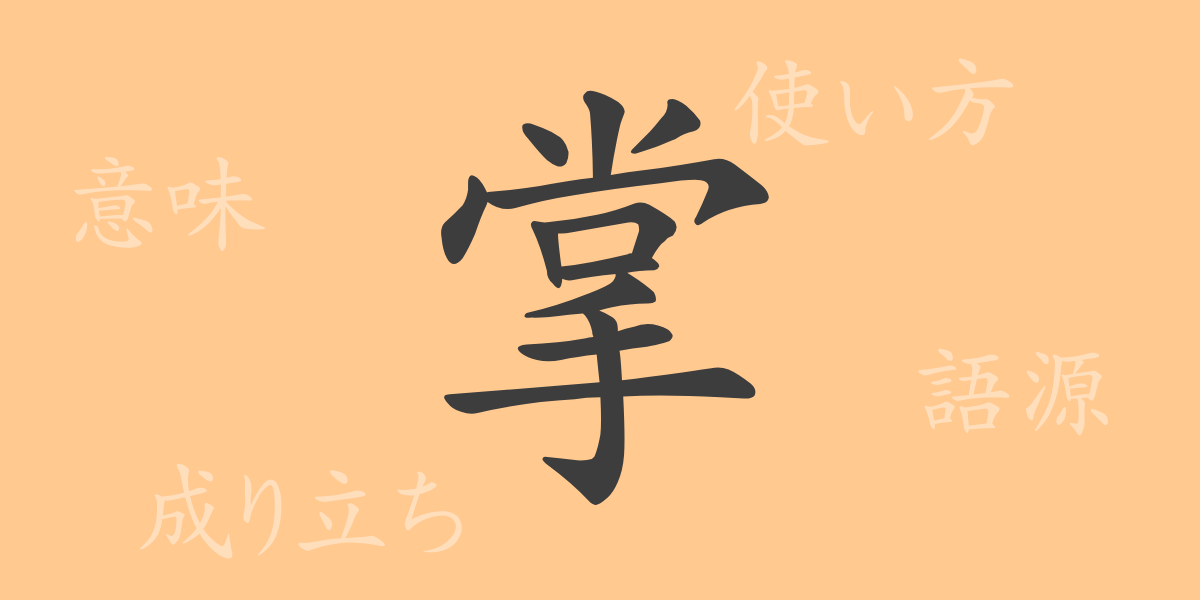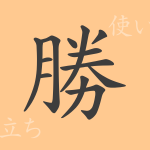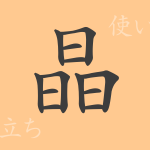The palm of the hand, or “掌(てのひら),” is a part of the body frequently used in our daily lives and appears often in various expressions and phrases. However, this seemingly simple kanji carries a deep history and meaning. In this article, we explore the allure of “掌,” tracing its origins, exploring related idioms and phrases, and delving into the rich context it provides.
Origins of 掌(てのひら)
The kanji “掌” originated in ancient China. It represents the palm and is composed of the radical for hand “手” and “尚,” which connotes commanding or manipulating. Essentially, it embodies the idea of controlling the actions or movements of the hand.
Meaning and Usage of 掌(てのひら)
“掌” has multiple meanings. It commonly refers to the ‘palm of the hand,’ but it also extends to signify ‘skillfully manipulating’ something or ‘having a comprehensive grasp’ of a situation. It can also indicate holding power or responsibility.
Pronunciation, Stroke Count, and Radical of 掌(てのひら)
The kanji “掌” has unique readings and attributes in Japanese:
- Pronunciation: The on’yomi (音読み) is “ショウ”, and the kun’yomi (訓読み) is “てのひら”.
- Stroke Count: “掌” consists of 12 strokes.
- Radical: The radical is “手(てへん)”, related to the hand.
Idioms and Phrases Using 掌(てのひら) and Their Meanings
Idioms and phrases incorporating “掌” reflect its diverse meanings:
- 掌中の珠(しょうちゅうのたま): Refers to something precious that is carefully protected within one’s palm.
- 掌上の輿(しょうじょうのこし): An allegory for situations where power dynamics or standings are reversed.
- 掌を返す(てのひらをかえす): Describes the act of suddenly changing one’s attitude or opinion.
Summary on 掌(てのひら)
The kanji “掌” is not just a reference to a part of the hand but is a significant character used in various meaningful expressions. As a common kanji in Japanese, it enriches our language with its profound implications. The next time you come across “掌,” remember the cultural and historical depth behind it.

























